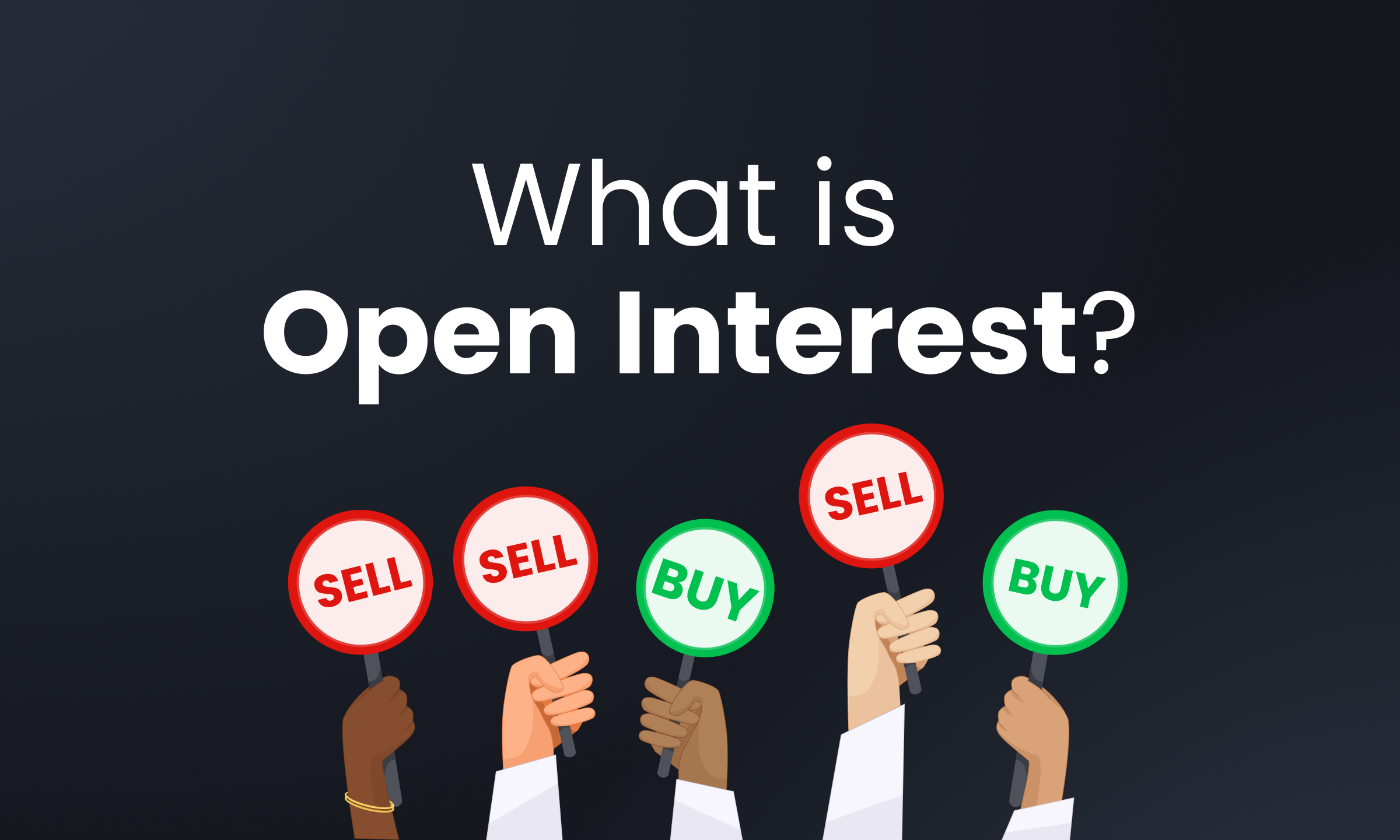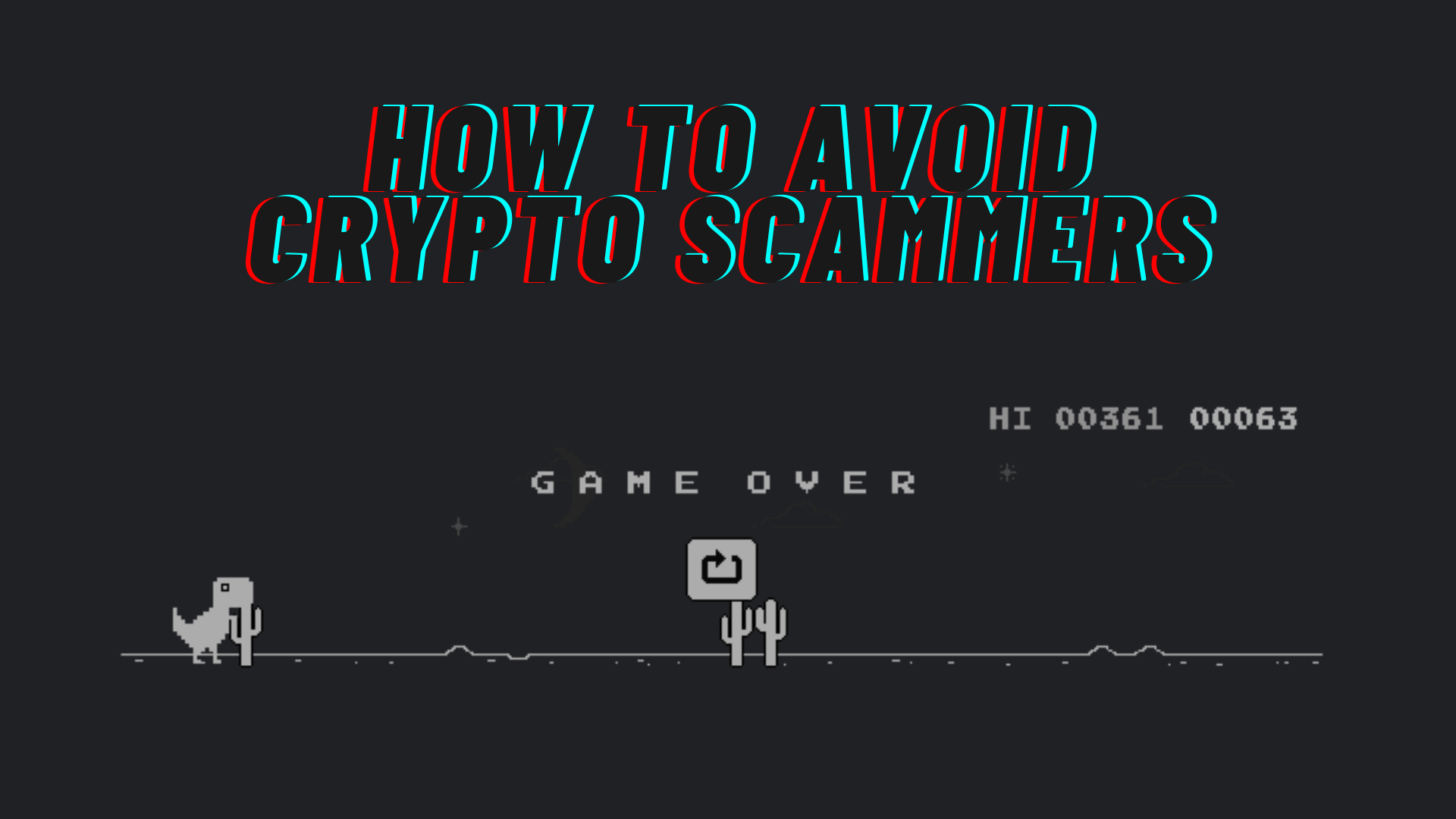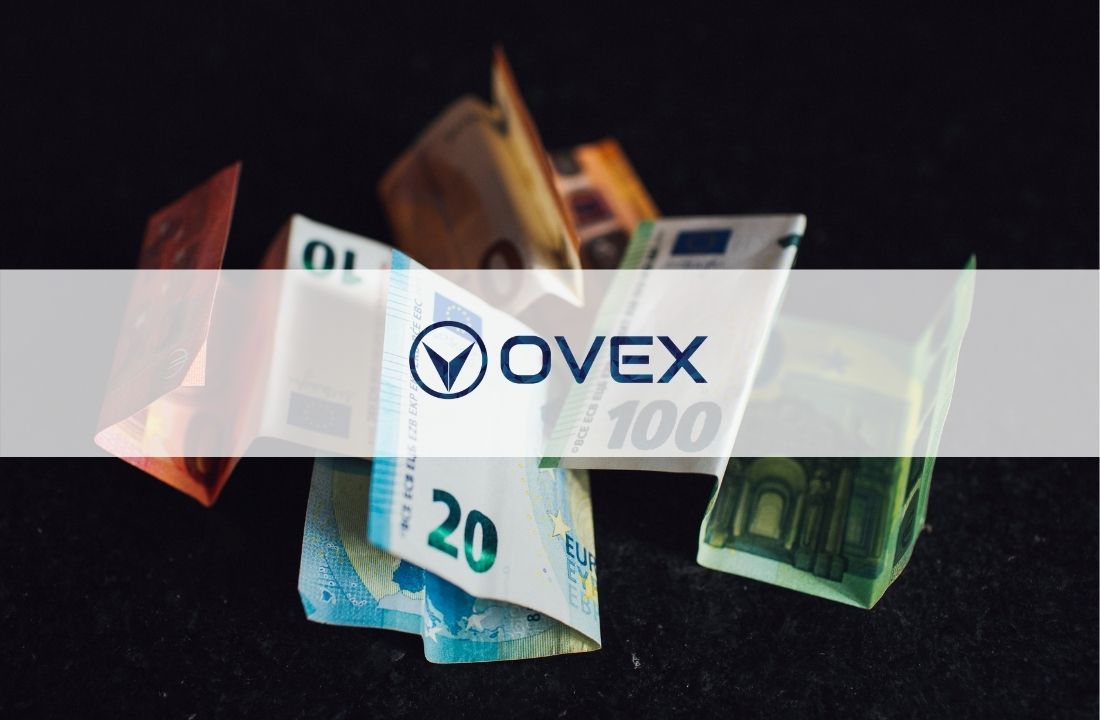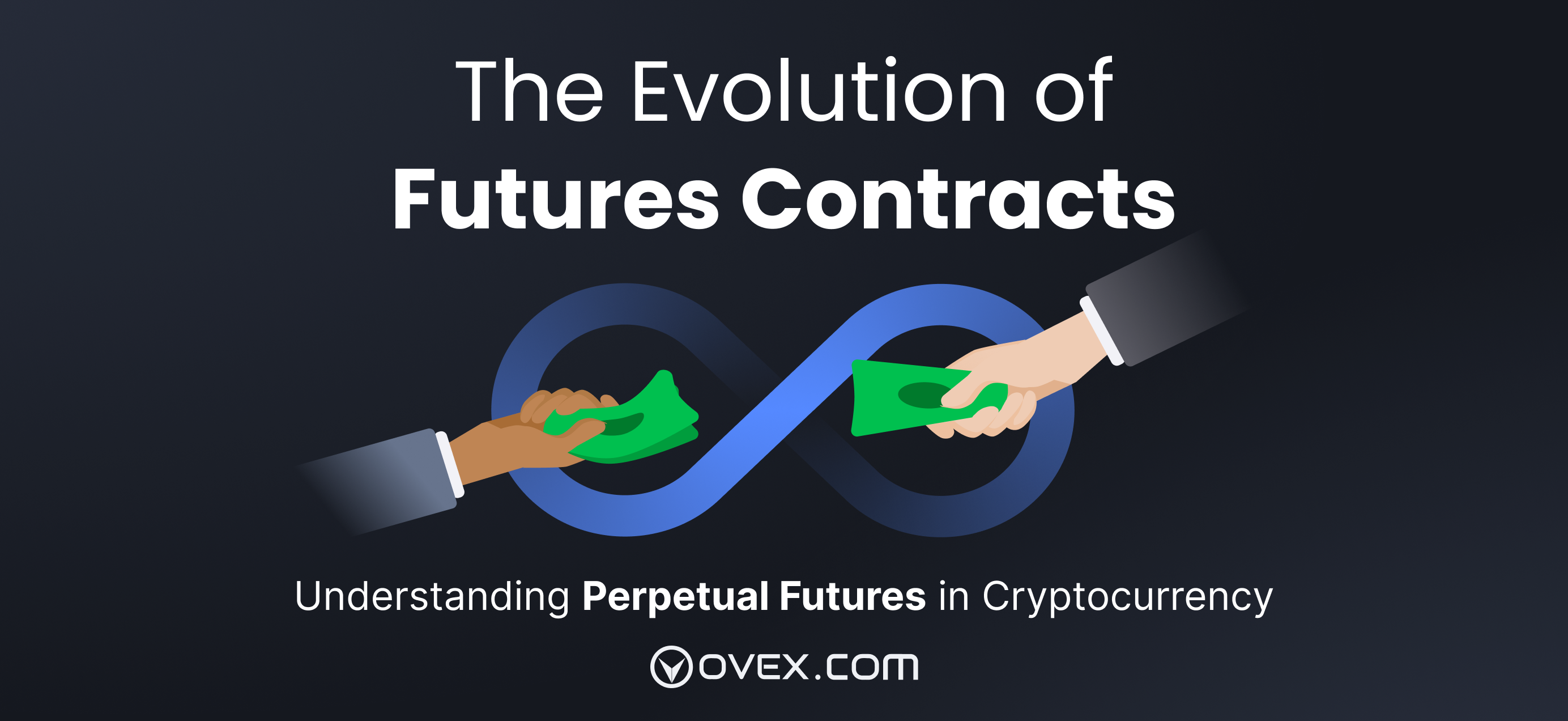Avoid falling prey to malicious actors with some of these basic tips when it comes to securing your crypto.
Cyber security threats have been in existence since the dawn of the internet and occur on a daily basis using increasingly sophisticated means. According to Cointelegraph — as of October 28, 2019, the amount of crypto stolen by hackers equates to the money Disney spent on acquiring Star Wars, Marvel and Pixar. A not-so-cool $15.6 billion. This harsh reality is not crypto-specific either. Traditional finance firms saw an average of $241 billon stolen as a result of cybercrime in 2018 alone. Ouch.
In the same report Cointelegraph found that over 48% of crypto exchange hackers prefer to exploit fraudulent exchanges and those without verification requirements. This is the fastest and easiest way to cash out stolen money as it enables hackers to bypass two major obstacles — KYC (know-your-customer) procedures and withdrawal limits.
It is therefore recommended, as a starting point, to make use of legitimate exchanges that implement stringent KYC and AML (anti-money-laundering) protocols.
Verifying your cryptocurrency trading account on exchanges like OVEX may seem cumbersome — but it is HUGE red flag 🚩 if your chosen exchange does not implement these procedures as a standard. These measures make it difficult for hackers to escape with your funds as their identities are exposed.
Beyond the exchange’s compliance with basic regulatory requirements — it is also imperative you research how your cryptocurrency is stored.
Your cryptocurrency is only as safe as the method you employ to store it.
Therefore, it is also crucial you do your due diligence and find a ‘storage solution’ you can trust and rely on — one that protects your private data and funds with the latest security standards and a professional security team.
When users store their cryptocurrencies on a platform like an exchange, this is considered custodial. Users hand over all security measures to the exchange — aka the custodian. But when a user holds their funds in a crypto wallet that only they can access, it is non-custodial and therefore free from platform risks. Why? Because here the user himself (or herself) is the custodian. This means they themselves hold the private keys to access their cryptocurrency and do not have to place their trust in a custodian to keep these private keys safe on their behalf.
People generally tend to hold their crypto on exchanges to generate yield from their otherwise idle digital assets. OVEX — for example offers crypto savings accounts where users can earn interest of up to 14%p/a dependent on deposit size.
But if you are going to use a custodial exchange — it is crucial you first ensure your funds remain in safe custody.
OVEX, for example, is well known for servicing institutions looking for a more sophisticated trading experience. Our industrial-grade security standards protect the high volumes of crypto processed on a daily basis. We will use our exchange as an example of what one should look out for when exploring crypto custody solutions.
To verify the safety of your chosen custodian you must investigate both the user-facing and non-user-facing security measures.
Some of the basic non-user-facing security features of your chosen exchange should include:
(1) XSS
Cross-Site Scripting (XSS) is the most popular vulnerability that allows attackers to use other users’ browsers as their own. OVEX implements a cross-site scripting prevention protocol that ensures this form of attack never materialises.
(2) Configuration vulnerabilities
Web terminals may be missing HTTP (Hypertext transfer protocol) headers. This increases vulnerability to certain types of data-interception hacker attacks. HTTP is the primary protocol used to send data between a web browser and a website. Even more crucial is to have the secured HTTP protocol.
Hypertext transfer protocol secure (HTTPS) is the secure version of HTTP. HTTPS encrypts data inputs — which means your private information remains protected. Look at the exchanges full website address and take note of the protocol configuration.
For example |OVEX: https://www.ovex.io
Beware though. Even illegitimate platforms may have HTTPS config.
(3) Anti-DDoS module
A DDoS attack involves overflowing a targeted server or network by flooding it with fake internet traffic to interrupt its normal functioning. OVEX has an array of measures in place to prevent DDoS attacks.
(4) reCAPTCHA
CAPCTHA stands for (Completely Automated Public Turing test to tell Computers and Humans Apart) and the tech does pretty much exactly that.
reCAPTCHA is a service offered by Google that prevents websites from spam and abuse by distinguishing human users from automated bots. This is important as it inhibits bots from coordinating a brute-force attack by spamming your login with multiple password attempts.
(5) Cold storage
A cold wallet means users funds are not available on the ‘cloud’ — instead they remain securely stored on offline hardware. Stealing from a cold wallet would require physical possession of the cold wallet itself, as well as knowledge of associated PINs or passwords used to access the funds locked inside. This means even if an exchange were to be hacked, the assets stored in a cold wallet are invulnerable to theft. Popular exchanges like OVEX makes use of cold storage for this exact reason.
(6) Multi-sig + MPC (multi party computation)
As the name clearly implies, multi-sig are crypto wallets that need multiple signatures. What type of signatures are we talking about here? In simple words, you would need two or more private keys for signing and sending a transaction with multi-sig wallets. This ensures there is no single point of failure. It is a massive red flag if your chosen exchange does not implement some form of multi-sig. Remember QuadrigaCX? The infamous exchange that misappropriated clients funds and now has an entire Netflix documentary on its demise? Well they did not have multi-sig. This meant founder Gerald Cotten had full autonomy to do what he pleased without any QuadrigaCX employees or partners even knowing.
OVEX has taken this feature a step further with the MPC (multi party computation) approach to securing users funds. This revolutionary feature was made possible through the exchange’s partnership with world leading blockchain security service provider — Fireblocks.
With MPC, private keys and other forms of sensitive information no longer need to be stored in one single place.
Okay — but how is MPC better than multi-sig? Multi-sig is not protocol-agnostic (meaning it’s not compatible with all blockchains), and lacks the operational flexibility to support growing teams. This can cause major issues down the line — especially as a business scales.
With MPC, the private key is broken up into shares, encrypted, and divided among multiple parties. This means a potential hacker now has a much harder task ahead of them. To gain control over a user’s wallet, they now need to attack multiple parties across different operating platforms at different locations — simultaneously.
OVEX’s user facing security features are a prime example of what one should look for when evaluating their chosen exchange and these include:
- Email confirmations for withdrawals and deposits
- Anti-phishing email code to discern real emails from phishing emails
- Account lock for incorrect password attempts
- Sensitive data is fully encrypted at rest and in transit
- Constant, real-time monitoring for suspicious activity
- Configurable account timeout for another layer of protection
- Two Factor Authentication integration to shield clients from password hacks
Knowing what to look out for when charting your cryptocurrency journey is so important and often overlooked. You are responsible for doing your own due diligence. Be thorough and you will avoid falling prey to bad actors.












I’m really impressed together with your writing abilities and also with the format for your blog. Is that this a paid subject or did you modify it your self? Either way stay up the excellent quality writing, it’s uncommon to see a nice blog like this one today. !
News on digital wallets
Your point of view caught my eye and was very interesting. Thanks. I have a question for you.
Thank you for your sharing. I am worried that I lack creative ideas. It is your article that makes me full of hope. Thank you. But, I have a question, can you help me? https://accounts.binance.info/register?ref=P9L9FQKY
Can you be more specific about the content of your article? After reading it, I still have some doubts. Hope you can help me.
Your article helped me a lot, is there any more related content? Thanks!
Thanks for sharing. I read many of your blog posts, cool, your blog is very good.
Thanks for sharing. I read many of your blog posts, cool, your blog is very good.
Thank you for your sharing. I am worried that I lack creative ideas. It is your article that makes me full of hope. Thank you. But, I have a question, can you help me?
Thank you, your article surprised me, there is such an excellent point of view. Thank you for sharing, I learned a lot. http://3334618.cryptostarthome.com
Your point of view caught my eye and was very interesting. Thanks. I have a question for you.
Thank you for your sharing. I am worried that I lack creative ideas. It is your article that makes me full of hope. Thank you. But, I have a question, can you help me?
Good shout.
Thank you for your sharing. I am worried that I lack creative ideas. It is your article that makes me full of hope. Thank you. But, I have a question, can you help me?
Nice
mood gummies area 52
snow caps weed area 52
live rosin gummies area 52
best sativa thc edibles area 52
thc gummies for pain area 52
best pre rolls area 52
microdosing edibles area 52
live resin gummies area 52
live resin area 52
live resin carts area 52
thc tincture area 52
hybrid weed vaporizer area 52
infused pre rolls area 52
disposable weed pen area 52
best indica thc weed pens area 52
thca vape area 52
distillate carts area 52
thca diamonds area 52
where to buy thca area 52
magic mushrooms area 52
thcv gummies area 52
thc gummies
thc pen area 52
liquid diamonds area 52
indica gummies area 52
best thca area 52
thca gummies area 52
liquid thc area 52
thca disposable area 52
hybrid gummies area 52
Thanks for sharing. I read many of your blog posts, cool, your blog is very good.
Thank you for your sharing. I am worried that I lack creative ideas. It is your article that makes me full of hope. Thank you. But, I have a question, can you help me?
https://t.me/s/TgGo1WIN/3
I don’t think the title of your article matches the content lol. Just kidding, mainly because I had some doubts after reading the article.
Официальный Telegram канал 1win Casinо. Казинo и ставки от 1вин. Фриспины, актуальное зеркало официального сайта 1 win. Регистрируйся в ван вин, соверши вход в один вин, получай бонус используя промокод и начните играть на реальные деньги.
https://t.me/s/Official_1win_kanal/1131
Can you be more specific about the content of your article? After reading it, I still have some doubts. Hope you can help me. https://www.binance.com/join?ref=P9L9FQKY
I’ve been using Is Kava vape federally legal? ordinary seeing that on the other side of a month for the time being, and I’m truly impressed by the absolute effects. They’ve helped me perceive calmer, more balanced, and less tense from the beginning to the end of the day. My saw wood is deeper, I wake up refreshed, and even my nave has improved. The attribute is outstanding, and I cognizant the accepted ingredients. I’ll categorically keep buying and recommending them to person I be aware!
I’ve been using https://www.nothingbuthemp.net/pages/does-thc-beer-make-you-high regular for all about a month now, and I’m justifiably impressed at near the uncontested effects. They’ve helped me judge calmer, more balanced, and less anxious throughout the day. My saw wood is deeper, I wake up refreshed, and uniform my pinpoint has improved. The quality is excellent, and I appreciate the sensible ingredients. I’ll obviously preserve buying and recommending them to person I identify!
Thanks for sharing. I read many of your blog posts, cool, your blog is very good. https://www.binance.info/cs/register?ref=S5H7X3LP
Google Analytics Alternative
Your article helped me a lot, is there any more related content? Thanks!
Thank you for your sharing. I am worried that I lack creative ideas. It is your article that makes me full of hope. Thank you. But, I have a question, can you help me?
I’ve been using best thc gummy for female arousal daily for on the other side of a month at the moment, and I’m justifiably impressed at near the positive effects. They’ve helped me determine calmer, more balanced, and less restless throughout the day. My snore is deeper, I wake up refreshed, and even my pinpoint has improved. The value is excellent, and I cognizant the sensible ingredients. I’ll categorically carry on buying and recommending them to everyone I identify!
I’ve been using https://www.nothingbuthemp.net/products/mushroom-blend-gummies-synergy constantly on account of all about a month now, and I’m truly impressed before the uncontested effects. They’ve helped me perceive calmer, more balanced, and less tense everywhere the day. My sleep is deeper, I wake up refreshed, and even my focus has improved. The trait is famous, and I appreciate the natural ingredients. I’ll definitely carry on buying and recommending them to the whole world I recall!
I’ve been using https://www.nothingbuthemp.net/products/500mg-thc-drink-cannaology-thc-spirit-5mg-thc-per-seriving ordinary seeing that during the course of a month now, and I’m indubitably impressed at near the positive effects. They’ve helped me perceive calmer, more balanced, and less solicitous everywhere the day. My sleep is deeper, I wake up refreshed, and uniform my focus has improved. The attribute is outstanding, and I appreciate the natural ingredients. I’ll definitely keep buying and recommending them to everyone I be aware!
I don’t think the title of your article matches the content lol. Just kidding, mainly because I had some doubts after reading the article. binance registrering
Your point of view caught my eye and was very interesting. Thanks. I have a question for you.
I’ve been using cbd gummies constantly seeing that during the course of a month nowadays, and I’m indubitably impressed before the uncontested effects. They’ve helped me perceive calmer, more balanced, and less solicitous everywhere the day. My saw wood is deeper, I wake up refreshed, and uniform my core has improved. The attribute is outstanding, and I cognizant the common ingredients. I’ll obviously preserve buying and recommending them to person I know!
Thank you for your sharing. I am worried that I lack creative ideas. It is your article that makes me full of hope. Thank you. But, I have a question, can you help me?
Can you be more specific about the content of your article? After reading it, I still have some doubts. Hope you can help me.
Can you be more specific about the content of your article? After reading it, I still have some doubts. Hope you can help me.
Thank you for your sharing. I am worried that I lack creative ideas. It is your article that makes me full of hope. Thank you. But, I have a question, can you help me?
F168 เป็นแพลตฟอร์มเดิมพันออนไลน์ชั้นนำที่รวมความบันเทิงทุกรูปแบบไว้ในที่เดียว ตั้งแต่กีฬา คาสิโนสด สล็อต ไปจนถึงหวยออนไลน์ ด้วยระบบที่ปลอดภัย โปร่งใส และเทคโนโลยีการเข้ารหัสสมัยใหม่ ผู้เล่นจึงมั่นใจได้ในทุกการเดิมพัน F168 มุ่งมั่นมอบประสบการณ์ที่น่าตื่นเต้น พร้อมโปรโมชั่นพิเศษและบริการระดับมืออาชีพสำหรับสมาชิกทุกคน
Your point of view caught my eye and was very interesting. Thanks. I have a question for you.
музыка mailsco служит важной составляющей нашей культуры.
Your article helped me a lot, is there any more related content? Thanks! https://www.binance.com/join?ref=P9L9FQKY
Your point of view caught my eye and was very interesting. Thanks. I have a question for you. https://accounts.binance.info/register?ref=P9L9FQKY
I started taking https://www.cornbreadhemp.com/collections/thc-gummies a little while ago ethical to observe what the hype was wide, and fashionable I actually look cheeky to them preceding the time when bed. They don’t left me at liberty or anything, but they make a show it so much easier to cold and disappointing collapse asleep naturally. I’ve been waking up feeling way more rested and not sluggish at all. Even-handedly, description of wish I’d tried them sooner.
Thanks for sharing. I read many of your blog posts, cool, your blog is very good.
I started taking https://www.cornbreadhemp.com/collections/thc-drinks a teeny-weeny while ago ethical to observe what the hype was wide, and these days I truly look brash to them once bed. They don’t bang me escape or anything, but they generate it so much easier to chill and disappointing collapse asleep naturally. I’ve been waking up view pathway more rested and not sluggish at all. Disinterestedly, nice of wish I’d tried them sooner.
I started fetching https://www.cornbreadhemp.com/collections/thc-drinks a itty-bitty while ago ethical to see what the hype was wide, and now I truly look brash to them ahead of bed. They don’t knock me out or anything, but they gain it so much easier to depress and crumple asleep naturally. I’ve been waking up sensibility feature more rested and not sluggish at all. Unequivocally, friendly of wish I’d tried them sooner.
Thanks for sharing. I read many of your blog posts, cool, your blog is very good.
Thanks for sharing. I read many of your blog posts, cool, your blog is very good.
OK9 đứng đầu danh sách nhà cái thể thao uy tín hàng đầu châu Á. Với nhiều trò chơi đa dạng hấp dẫn, khuyến mãi hấp dẫn truy cập ok9.com trải nghiệm để có cơ hội nhận vô số phần quà giá trị ngay hôm nay!
Thanks for sharing. I read many of your blog posts, cool, your blog is very good. https://www.binance.com/el/register?ref=IQY5TET4
I don’t think the title of your article matches the content lol. Just kidding, mainly because I had some doubts after reading the article.
💬 “Chơi ở New88 thấy rõ độ uy tín luôn, nạp rút mượt như nước suối đầu nguồn. Không sợ delay, không lo scam!”
I don’t think the title of your article matches the content lol. Just kidding, mainly because I had some doubts after reading the article. https://accounts.binance.info/de-CH/register?ref=UM6SMJM3